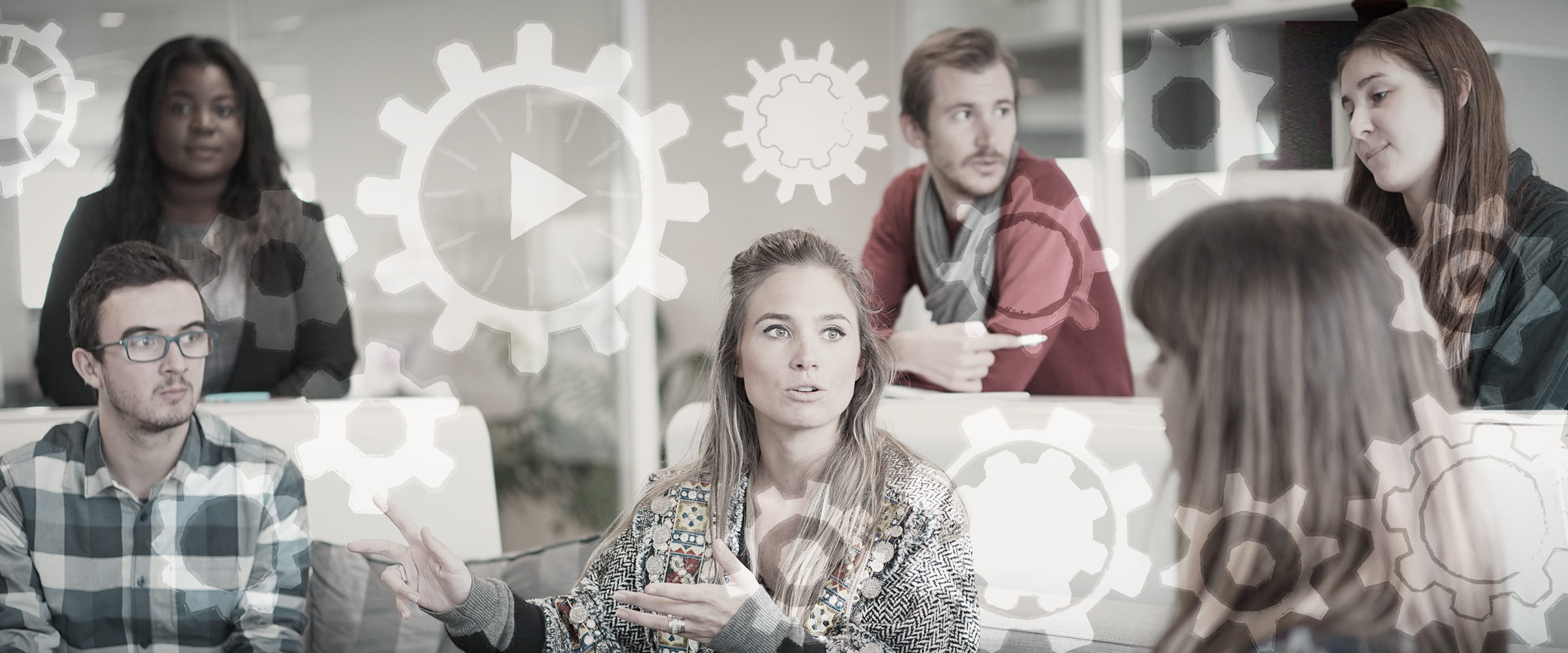In one of my other posts on this site, I wrote about an important general principle regarding friendship: as far as I’m concerned, friendship should be based on a genuine sense of connection and a genuine feeling of acceptance. Friendship shouldn’t be about trying to fit in with a crowd of people who are different from you or who make you feel uncomfortable.
One of the best ways to find people similar to ourselves, with whom we might be able to have genuine friendships, is to join student clubs. As I wrote in the other post I mentioned, you might join a club founded upon a shared interest. However, you might also want to join a club centered on another sort of similarity: a club based around a shared neurotype of autism. Not only does a peer-support community for autistic people give us a venue for sharing useful information – practical advice, coping strategies, insights we’ve had about ourselves, resources that we might be able to access on campus – but it can allow us to feel like we’re part of a community of people who are like us. We live in a neurotypical world, and it’s entirely possible for us to live for months or years in this neurotypical world without knowingly encountering another autistic person. Being part of an autistic community can help us feel that we’re not alone.
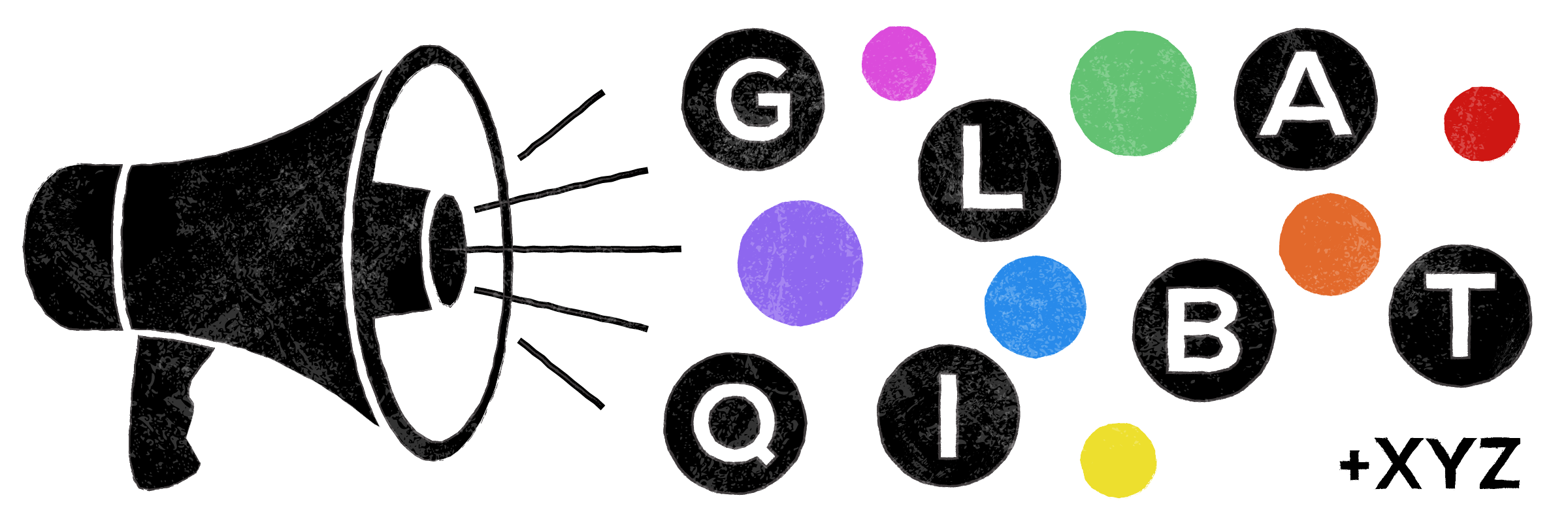
Your college may already have a peer-support community on its campus. To find out, you can check your college’s directory of clubs and student organizations. This should be located online somewhere. It may also be a good idea to check with the campus disability office, in case there is a peer-support community that is not an official campus club.
How to Start Your Own Peer-Support Community
Unfortunately, not all campuses will have a ready-made peer support group waiting for you. When I started my undergraduate studies at UVic in Canada, I was lucky: another autistic student had already founded a peer-support community, which I promptly joined. I later started facilitating that group when the founder got busy with other things. However, when I came to UC Davis for my graduate studies, there was no active community for autistic students on campus. I had to start one from scratch.
One first step to setting up an autistic community is navigating the campus bureaucracy and formally registering your group as a student club. To do this, you’ll likely have to submit some information and documents, like a name, mission, and a list of interested students. If you haven’t found the autistic students on your campus just yet, don’t worry – you can always ask some neurotypical students to put their names down as placeholders.
However, formally registering your club is just the tip of the iceberg. The biggest challenge you’ll face is probably going to be reaching out to other autistic students on campus. It’s a bit of a catch-22: we need peer-support communities because autistic students are often isolated from others of their neurotype, but because we’re isolated, it’s hard to get information about these groups to other autistic students.
Fortunately, there are some solutions to this problem. While you might have some luck with strategies like using a table to promote your group at student involvement events, or posting flyers around campus, I think the best way of reaching potential members is trying to build up partnerships with other agencies on campus that interact with autistic students. These groups can refer students to information about your group. The Student Disability Centre at UC Davis has been a great source of support for our peer-support community: even before I formally registered the group, they put me in touch with some other autistic students who also expressed interest in organizing a peer-support community, so organizing the group wasn’t all on me. Similarly, counselling services is another example of an on-campus agency that has contact with lots of autistic students. There may be other student groups that are relevant, like a disability group or an LGBTQIA group (many autistic people identify as LGBTQIA).
Reaching out to different on-campus actors might even allow you to obtain funding for things like pizza, to help encourage students to attend your meetings.
What to Do at Meetings
Of course, you’ll also have to spend some time thinking about what you are going to do at meetings. There are many options! Here are some ideas:
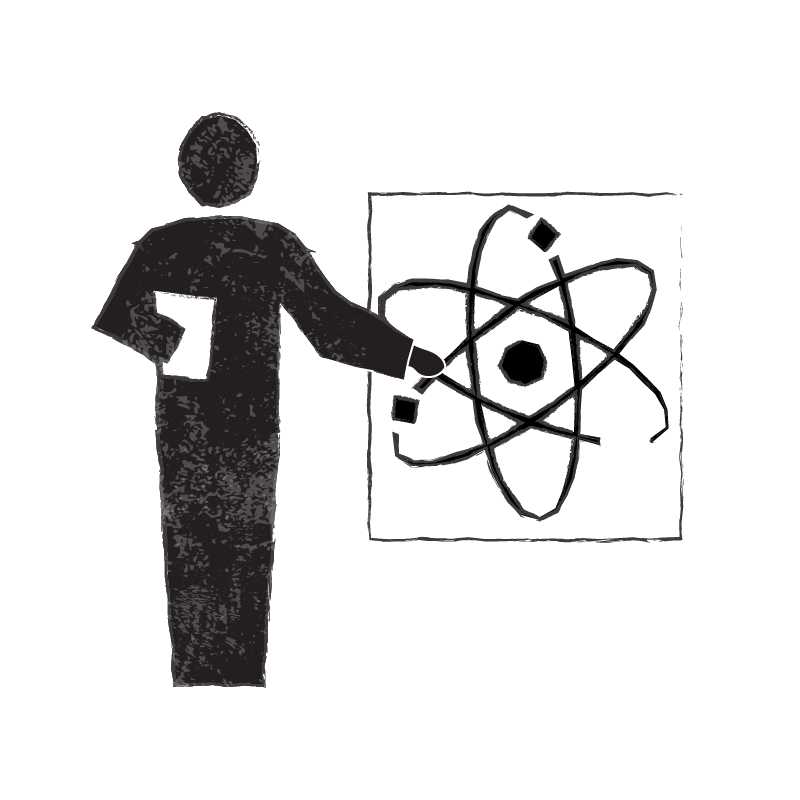 |
The Practical Presentation In this type of meeting, members listen to (and discuss) informational presentations. You might reach out to on-campus agencies that provide important services, local autism experts, and other community actors for guest presentations on important topics. You could give presentations yourself about things you want to share with members. You could invite members to give presentations, creating an opportunity for them to share their thoughts and perspectives with the group. Pros: Can give members access to important information about resources or their own neurotype, or may give members an empowering forum in which to share their perspectives. Cons: Often more difficult to organize. Presentations may sometimes be boring or controversial. |
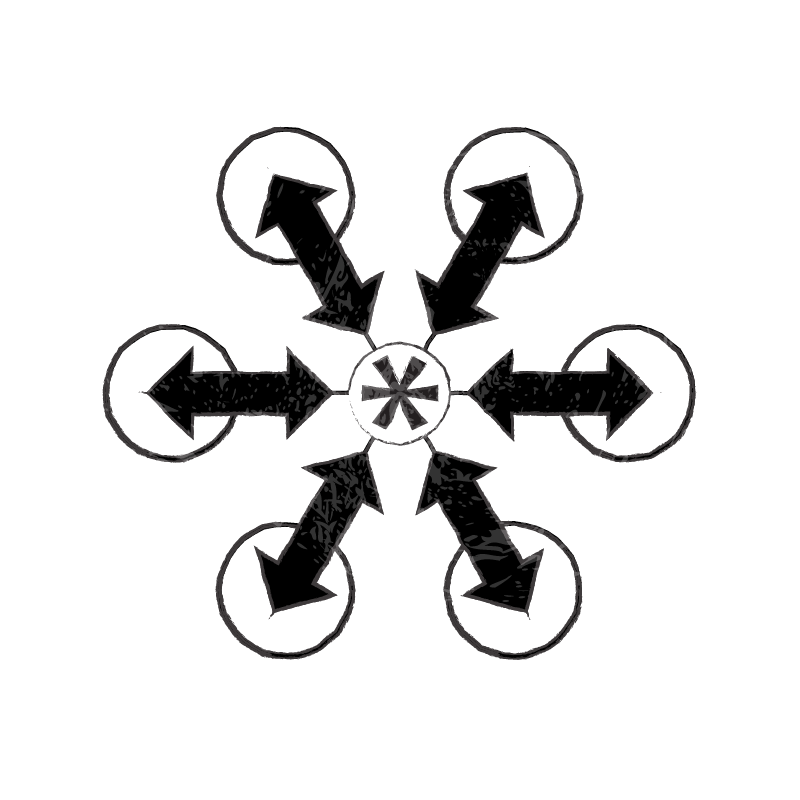 |
The Informal Social This is perhaps the simplest type of meeting there is. You get a group of people together and let them talk and interact howsoever they please. Pros: Easy to organize and allows group members to use the group for whatever purpose they see fit. Cons: An unstructured social gathering can be overwhelming and stressful for many autistic people, especially those of us who have sensory sensitivities or social anxieties. If an interpersonal conflict should arise, it may be more difficult to resolve it. |
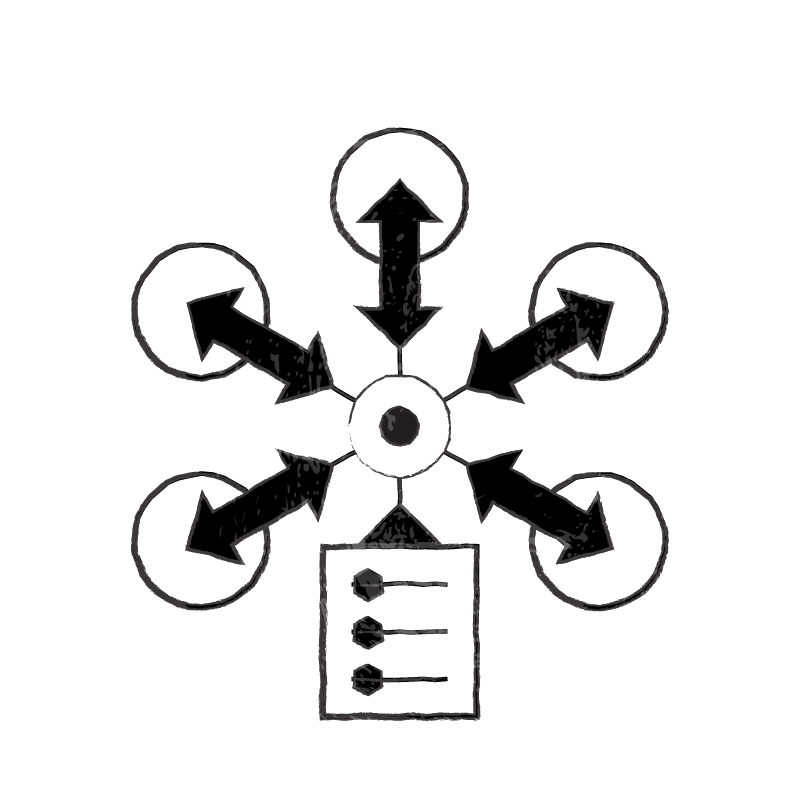 |
The Structured Social In this variant of the informal social meeting, you adopt a set of clear rules to make the interactions proceed smoothly and predictably. You might have formal rules about who can speak and when, perhaps making use of a talking object to designate the current speaker. Pros: Can be much more comfortable for members who appreciate quiet, routine, and structure. Cons: If implemented in an excessively controlling way, this can drain people’s energy and foster an atmosphere of boredom and disengagement. |
 |
Movie Night As the name suggests, you watch a movie – given the theme of the group, probably a movie about autism. If there’s time, you might discuss it afterwards. Pros: Movies are fun! Cons: Colleges are usually fussy about licensing and stuff – you’ll probably have to get permission to show the movie. Also, it’s important to make sure that the technology works without a hitch. Furthermore, movies are sometimes long. |
 |
Board Game Night Again, pretty self-explanatory. Pros: Board games are fun! Cons: You need to have a source of interesting board games you can bring/borrow. Also, you may have some of the same problems with unstructured interactions that can arise in the Informal Social meeting. |
One good general rule to keep in mind is that you want to adopt a structure that works for the rest of the club’s members. I think I’m technically called the club president, but I keep describing my role as facilitator for an important reason: I see my job as merely to facilitate and make possible what other members want. (I even ask new members fill out a questionnaire to see what kind of content they might be interested in.)
Also, you don’t have to pick one kind of meeting and repeat ad nauseam. You can always alternate between meeting types and thereby include variety, or you can combine elements of these meeting types together into unique hybrids. But on the other hand, we don’t want to go too far in the direction of variety; members will like the meetings to be somewhat predictable. It’s all about finding a healthy balance.
Another important question to consider is how often you want to have meetings. I started out by scheduling meetings once every month, and I found that worked very well at UVic. However, UC Davis operates on a quarter system, and each quarter goes by much more quickly than the semesters I was used to from UVic. Meeting once a month is feeling rather slow, and we are currently switching over to meeting once every two or three weeks instead. You may also want to increase the frequency of meetings if you are able to get a particularly large, engaged group of members going.
Creating a Safe Space
As you prepare to facilitate meetings, you should also think about how you are going to make sure that the space is safe for members. Choosing the right physical space can be important. You will want to choose something that is sensory-friendly – perhaps a newer building, without too many distracting visuals or irritating background utility sounds. One point that never occurred to me, but that was pointed out to me by a group member, is that many autistic people have diverse gender identities and may find meetings more accessible if they are in a building with gender-neutral washrooms.
 You should also spend some time planning ahead for the possible scenario in which a group member starts doing things that make others uncomfortable. You might want to have some general guiding rules that you can gently remind members of when it seems like a violation may be occurring. I’ve never really been terribly comfortable with “calling out” people, but I have come to learn that giving a gentle reminder and pre-empting an issue is much better than allowing an issue to fester. It can also be helpful to have an anti-harassment policy.
You should also spend some time planning ahead for the possible scenario in which a group member starts doing things that make others uncomfortable. You might want to have some general guiding rules that you can gently remind members of when it seems like a violation may be occurring. I’ve never really been terribly comfortable with “calling out” people, but I have come to learn that giving a gentle reminder and pre-empting an issue is much better than allowing an issue to fester. It can also be helpful to have an anti-harassment policy.
One important thing to think about is whether you want your club to primarily be a peer-support community and safe space for autistic students or, alternatively, to primarily be an advocacy organization. This is an important tension, because not all autistic people are likely to have the same opinions regarding controversial issues and organizations like ABA, Autism Speaks, identity-first language, etc. An advocacy group that adopts particular political positions might actually be a distinctly unwelcoming place for any autistic person with a different view. You may wish to consider creating rules or guidelines around these controversial topics so that anyone who is simply looking for a safe and supportive community can find what they seek. If you do want to engage in advocacy around these controversial issues, you might want to consider organizing a separate advocacy committee to ensure that the main group meetings continue to be welcoming to all autistic students.
Because autistic students may appreciate predictability and routine, it is often a good idea to start meetings by reminding people of the structure of the group, any rules it may have, and what they can expect to happen during the meeting.
The Inclusion Dilemma
One really tricky question that can arise in the course of running a peer-support group is what you’re going to do about interested neurotypicals. To be clear, I’m not talking here about support people who come along to accompany and support members – obviously, if these people make the space more accessible to members, they should feel comfortable attending. Nor am I talking about neurodivergent people who don’t quite meet the autism diagnostic criteria, or autistic people who are self-diagnosed because they haven’t been able to get a formal diagnostic evaluation – I strongly believe that we should make neurodivergent people welcome regardless of their formal diagnosis (or lack thereof). No, I’m talking about the people who come along and say that they’re just interested in autism, perhaps even because of a past experience working in autism therapy, and that they want to attend the group to learn more or see if they can help us somehow.
The dilemma of whether or not to include interested neurotypicals is one that has come up before in my years of facilitating peer-support groups, and the thoughts I’m sharing here are based on my past observations – and on my past mistakes.
There are some arguments in favor of allowing neurotypicals into the group. It can increase the number of members attending group meetings. It can help us educate people in the community and persuade them to adopt goals consistent with the neurodiversity movement. It stops us from turning away potential allies. In general, I often find myself bemoaning the existence of the wide gulf that often exists between autistic people and neurotypical people, and engaging people though a shared community can help to bridge this gap, just a little.
On the other hand, I think there are some definite risks associated with letting in neurotypical members. We want a peer-support community to be a warm, accepting space, but the reality is that there is a gulf between the perspectives of many autistic people and many neurotypicals. Moreover, the language used by neurotypicals can often be clinical in tone. One can often perceive that neurotypicals are (unconsciously) adopting a patronizing attitude. If a large number of neurotypicals are present, the sense of solidarity and community that one finds in a peer-support group can sometimes fade away – it may even be replaced by an atmosphere of suspicion or conflict. If our group’s primary purpose is to create a safe and supportive space for our autistic members, we might want to set a boundary and make it clear that the group is for autistic and neurodivergent people.
Ultimately, the question of whether to include neurotypicals is one you’ll have to answer for yourself. However, whatever answer you end up choosing, I think it is extremely important to have a clear answer and to be prepared to stick with that answer. The absolute last thing you want to do is have an acrimonious debate on this subject – that debate might end up offending people and creating hostility.
Perhaps the best solution to this dilemma, if you can manage it, is to have two groups – one an inclusive group that includes neurotypical allies and one a peer-support community that is just for autistic people. This way, you can preserve a safe space for autistic people and you can work with neurotypical allies. This two-group model is essentially what currently exists at UC Davis. At around the same time that we were working on setting up our peer-support community, a group of neurotypical students was working on setting up a group for students interested in autism. While our groups remain separate, we collaborate closely and amicably with one another. If there is no inclusive club for people interested in autism on your campus, you could always try setting one up yourself (you’ll almost certainly find interested neurotypicals simply in the course of promoting the peer-support community to autistic students).
Wrapping it Up
Okay, now that I’ve written all of this out, I realize that it sounds like a lot! I had not expected that I would need to write such a long post.
However, before you despair and conclude that facilitating a peer-support group is not for you, please remember that things usually sound more complicated written out on paper than they are in practice! Furthermore, a lot of the things I’ve written about here are lessons I learned through gradual experience – I made plenty of mistakes before, and I’m still here. The world didn’t end. Furthermore, I hope that having access to this post will help to save you from repeating some of my mistakes.
Another point to consider is that you may be able to get support from other members – you may even be required to create a formal executive board for your group if it is registered as a club. Once you have a group going, other members may become more involved and you may find that you are able to share responsibilities, or at the very least consult people about decisions.
If you do decide to establish a peer-support community, I wish you the best of luck. You can always leave a comment if you want to pick my brain about any peer support group-related issues, or you can send me an email at psdwyer at ucdavis dot edu.
For more on starting or joining clubs, see How Autistic Students Can Start Campus Clubs to Develop Friendships and Support Networks, Let’s Talk Autism, Special Interests, and College Social Life, and Autism, LGBTQA Dating, Community, and Student Groups: A Reflection.
And to anyone else interested in this subject, if you have any thoughts to share, please do add comments as well!





